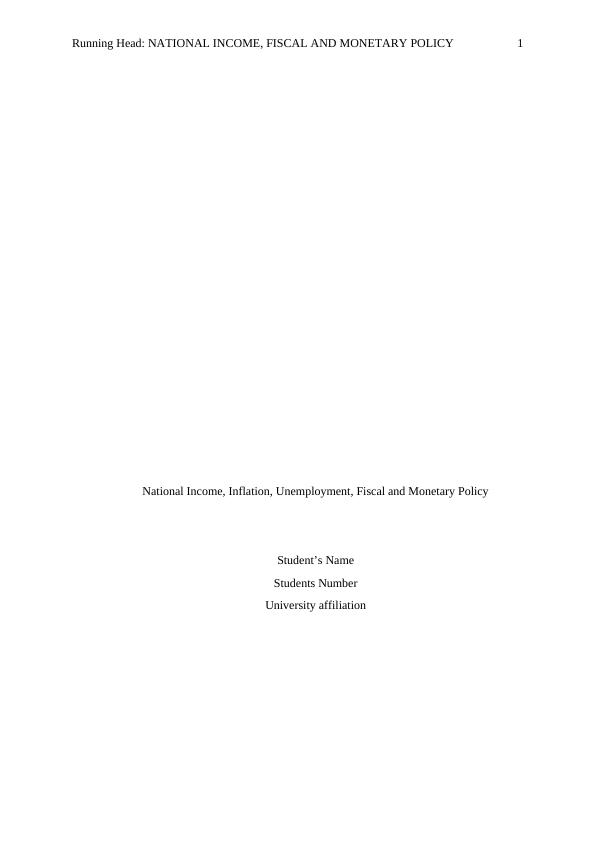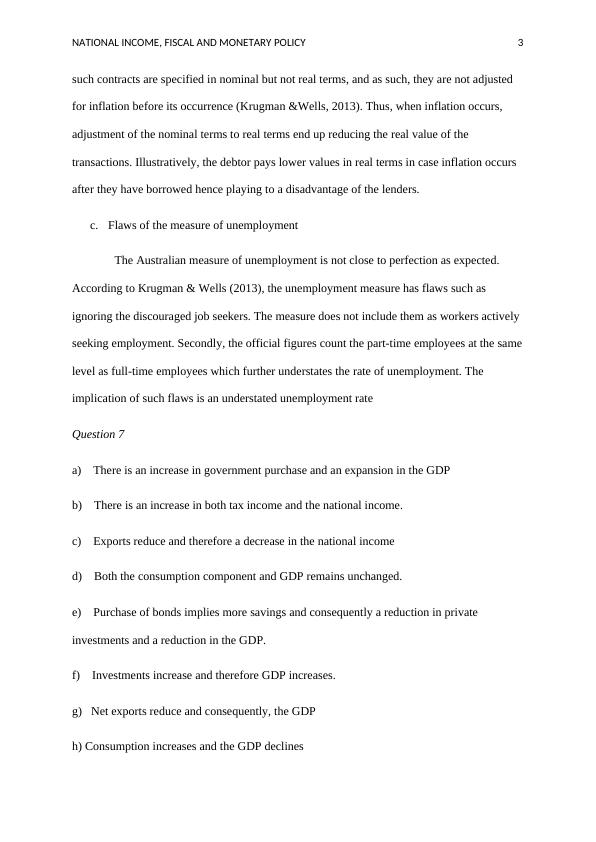National Income, Inflation, Unemployment, Fiscal and Monetary Policy
8 Pages2044 Words459 Views
Added on 2023-06-05
About This Document
This article discusses the advantages and disadvantages of the CPI, the impact of inflation on people, flaws of the measure of unemployment, and more.
National Income, Inflation, Unemployment, Fiscal and Monetary Policy
Added on 2023-06-05
ShareRelated Documents
End of preview
Want to access all the pages? Upload your documents or become a member.
Impact of Net Migration on Aggregate Demand and Supply
|21
|3298
|97
Macroeconomic Concepts and Models
|18
|2554
|92
Economics Assignment: Macroeconomic Concepts and Models
|18
|3180
|196
Economics Study Material
|15
|2391
|91
Economics Assignment: LO5- Economic Concepts, LO6- Impact of Government on the Macroeconomic Objectives, LO7- International Trade and Global Economy
|18
|2941
|42
Economics Study Material and Solved Assignments
|13
|2172
|55



